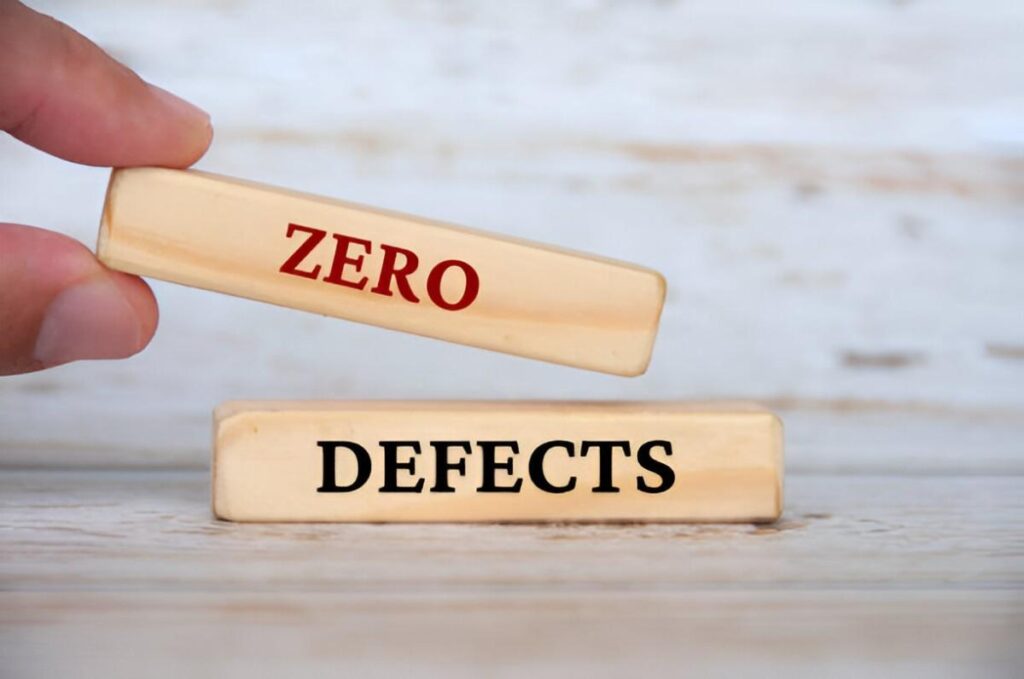As an accounting and finance professional, I often find that students struggle to grasp the financial implications of pilot production. Pilot production sits at the intersection of manufacturing, cost accounting, and financial forecasting. It is a critical phase where businesses test production processes before full-scale manufacturing begins. In this article, I will break down pilot production from an accounting and finance perspective, covering cost structures, financial reporting, and decision-making frameworks.
Table of Contents
What Is Pilot Production?
Pilot production is a small-scale trial run of a manufacturing process. Companies use it to identify inefficiencies, test quality control, and estimate costs before committing to full production. For accounting and finance students, understanding pilot production means analyzing how costs behave, how expenses are recorded, and how financial statements reflect these activities.
Key Objectives of Pilot Production
- Process Validation – Ensuring the production line works as intended.
- Cost Estimation – Determining per-unit costs before scaling up.
- Quality Assurance – Identifying defects early to avoid costly recalls.
- Regulatory Compliance – Meeting industry standards before mass production.
Financial Accounting for Pilot Production
From an accounting standpoint, pilot production costs must be classified correctly. The two primary methods are:
- Expensing Immediately – Treating pilot costs as period expenses (R&D or SG&A).
- Capitalizing – Recording costs as part of inventory or fixed assets if they meet certain criteria (e.g., future economic benefit).
The Financial Accounting Standards Board (FASB) provides guidance under ASC 730 (Research and Development) and ASC 330 (Inventory).
Example: Expensing vs. Capitalizing Pilot Costs
Suppose a company spends \$120,000 on pilot production. If the pilot is purely for research, the entire amount is expensed. If the output is sellable, costs may be capitalized as inventory.
| Treatment | Journal Entry | Impact on Financials |
|---|---|---|
| Expensing | Dr. R&D Expense \$120,000 | Reduces net income immediately. |
| Cr. Cash \$120,000 | ||
| Capitalizing | Dr. Inventory \$120,000 | Shifts expense recognition to COGS later. |
| Cr. Cash \$120,000 |
Cost Behavior in Pilot Production
Pilot production involves fixed, variable, and mixed costs. Understanding these helps in budgeting and forecasting.
Fixed Costs
These remain constant regardless of output volume. Examples:
- Equipment depreciation
- Salaries of production supervisors
Variable Costs
These change with production levels. Examples:
- Raw materials
- Direct labor (if hourly)
Mixed Costs
These have both fixed and variable components. Example:
- Utilities (base charge + usage-based cost)
Break-Even Analysis in Pilot Production
The break-even point (BEP) is where total revenue equals total costs. The formula is:
BEP_{units} = \frac{Fixed\ Costs}{Selling\ Price\ per\ Unit - Variable\ Cost\ per\ Unit}Example Calculation:
If fixed costs = \$50,000, selling price = \$200, and variable cost = \$120, then:
This means the company must sell 625 units to cover costs.
Managerial Accounting Considerations
Activity-Based Costing (ABC) for Pilot Production
ABC allocates overhead based on activities rather than volume. This is useful in pilot production where traditional costing may distort per-unit costs.
Steps in ABC:
- Identify cost drivers (e.g., machine setups, inspections).
- Assign costs to activities.
- Allocate costs to products based on activity usage.
Example:
If pilot production requires 10 machine setups at \$1,000 each, total setup cost = \$10,000. If 500 units are produced, setup cost per unit = \$20.
Cost-Volume-Profit (CVP) Analysis
CVP helps assess how changes in production volume affect profitability.
Profit = (Selling\ Price \times Quantity) - (Variable\ Cost \times Quantity) - Fixed\ CostsScenario:
If a company wants a profit of \$30,000, how many units must it sell?
Financial Reporting and Tax Implications
GAAP vs. IRS Treatment
- GAAP: May require expensing pilot costs unless they meet capitalization criteria.
- IRS: Section 174 mandates R&D costs to be capitalized and amortized over 5 years (US domestic) or 15 years (foreign).
Impact on Financial Ratios
- Expensing: Lowers current net income, reducing ROA and ROE.
- Capitalizing: Improves short-term profitability but increases asset base.
Case Study: Automotive Pilot Production
Let’s examine an automaker testing a new electric vehicle (EV) line.
Assumptions:
- Pilot production cost: \$5\ million
- Units produced: 200
- Expected full-scale production cost per unit: \$25,000
Analysis:
- If costs are expensed, the income statement shows a \$5\ million hit.
- If capitalized, the cost per unit is \$25,000, matching future production costs.
Conclusion
Pilot production is a crucial phase with significant accounting and finance implications. Proper cost classification, break-even analysis, and activity-based costing help businesses make informed scaling decisions. As future accountants and financial analysts, understanding these concepts ensures accurate reporting and strategic financial planning.





